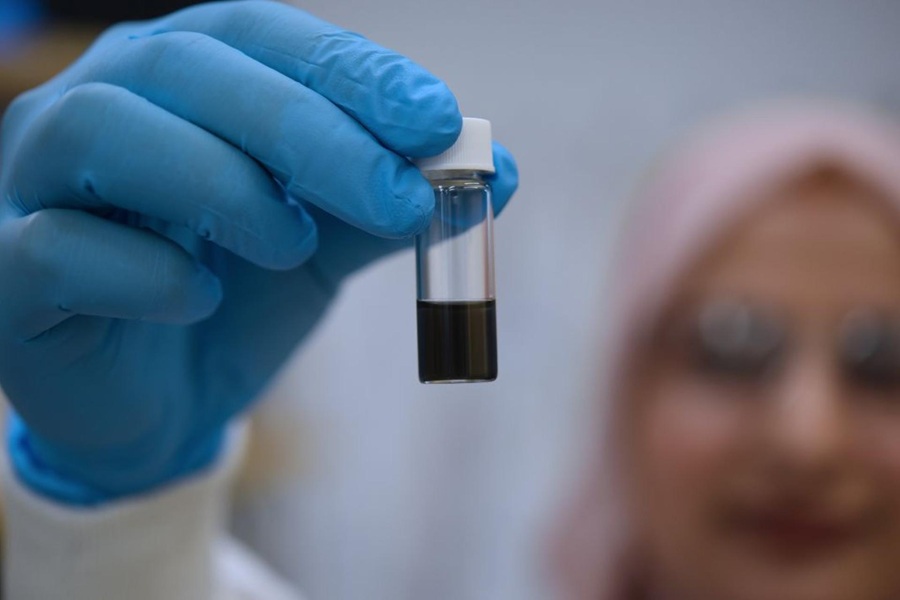Absinthe's Effects were Due to High Alcohol Content
By Labmedica staff writers
Posted on 07 May 2008
Absinthe--the exotic green aperitif--was believed to possess mind-altering effects and toxic side effects when consumed to excess. A team of scientists from Europe and the United States has concluded that the culprit was the high alcohol content, rather than thujone, the compound widely believed responsible for absinthe's effects.Posted on 07 May 2008
Although consumed diluted with water, absinthe contained about 70% alcohol, giving it a "140-proof wallop.” In late 19th-century, Paris bohemian artists and writers believed it expanded consciousness with psychedelic effects and called it "the Green Fairy” and "the Green Muse.” The drink's popularity spread through Europe and to the United States. However, illness and violent episodes among drinkers gave absinthe the reputation as a dangerous drug, and it was banned in Europe and elsewhere.
In a new study, Dirk W. Lachenmeier, Ph.D., from the Chemisches und Veterinäruntersuchungsamt (CVUA; Karlsruhe, Germany) and colleagues analyzed 13 samples of pre-ban absinthe from sealed bottles--"the first time that such a wide ranging analysis of absinthe from the pre-ban era has been attempted.” The study appeared online in the April 18, 2008 edition of the American Chemical Society's bi-weekly Journal of Agricultural and Food Chemistry.
The comprehensive chemical analysis included thujone, widely regarded as the "active” ingredient in absinthe. "It is certainly at the root of absinthe's reputation as being more drug than drink,” according to Dr. Lachenmeier. Thujone was blamed for "absinthe madness” and "absinthism,” a collection of symptoms including hallucinations, facial contractions, numbness, and dementia.
The researchers explained that scientists know very little about the composition of the original absinthe produced in France before that country banned the drink in 1915. Only a single study had previously analyzed one sample of preban absinthe.
However, the study by Dr. Lachenmeier found relatively small concentrations of thujone, amounts less than previously estimated and not sufficient to explain absinthism. Thujone levels in preban absinthe actually were about the same as those in modern absinthe, produced since 1988, when the European Union (EU) lifted its ban on absinthe production. Extensive laboratory tests found no other compound that could explain absinthe's effects.
"All things considered, nothing besides ethanol was found in the absinthes that was able to explain the syndrome of absinthism,” according to Dr. Lachenmeier. He added that scientific data could not explain preban absinthe's reputation as a psychedelic substance. Recent historic research on absinthism concluded that the condition probably was alcoholism.
Related Links:
Chemisches und Veterinäruntersuchungsamt














